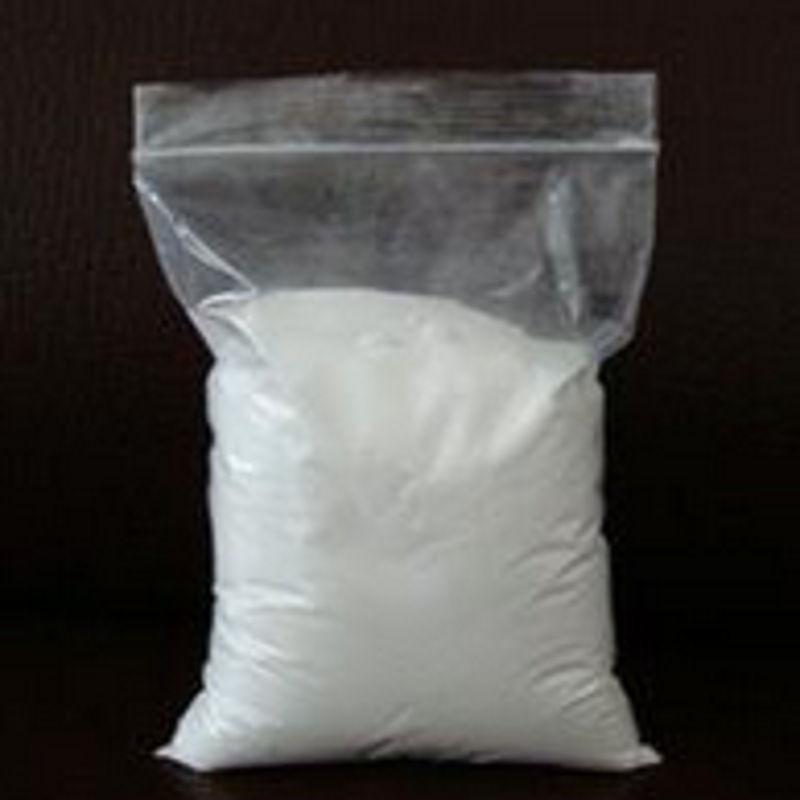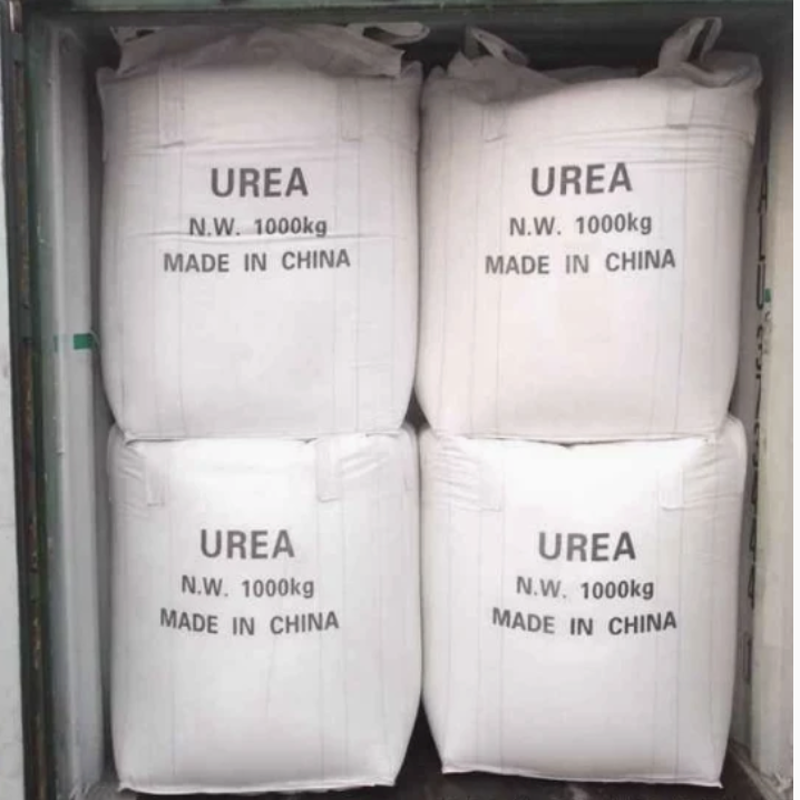-
Categories
-
Pharmaceutical Intermediates
-
Active Pharmaceutical Ingredients
-
Food Additives
- Industrial Coatings
- Agrochemicals
- Dyes and Pigments
- Surfactant
- Flavors and Fragrances
- Chemical Reagents
- Catalyst and Auxiliary
- Natural Products
- Inorganic Chemistry
-
Organic Chemistry
-
Biochemical Engineering
- Analytical Chemistry
-
Cosmetic Ingredient
- Water Treatment Chemical
-
Pharmaceutical Intermediates
Promotion
ECHEMI Mall
Wholesale
Weekly Price
Exhibition
News
-
Trade Service
Changes in global oil prices
1.
The Russian-Ukrainian conflict has caused the international oil price to rise, and the price of crude oil has reached a new high since 2014
On February 24, 2022, Russian President Vladimir Putin expressed the decision to conduct a special military operation
in the Donbass region of eastern Ukraine.
International oil prices, already at high levels, rose
rapidly.
On March 8, international oil prices reached a high point, and oil prices hit a new high
since 2014.
Brent crude oil futures settled at $127.
9/barrel, up 62% from the beginning of the year; WTI crude oil futures settled at $123/barrel, up 63% from the beginning of the year; The price of OPEC crude oil basket was $127.
9 per barrel, up 64%
from the beginning of the year.
On March 8, German Chancellor Chancellor Scholz said he did not want sanctions on Russian crude oil; Gazprom announced the delivery of 109.
5 million cubic meters of natural gas to Europe; the Ukrainian government has expressed its willingness to
negotiate.
A series of news has calmed the panic in the energy market
.
International oil prices began to fall
.
▲International crude oil price changes since this year (data source: wind database)
On March 17, international oil prices rose again with the Fed's interest rate hike
.
On March 24, international oil prices reached another high
.
OPEC crude oil package price reached $118.
7/barrel; Brent crude oil futures settlement price of $119.
03 / barrel; WTI crude oil futures settle at $112.
3 per barrel
.
2, market panic is the main reason for the short-term rise in oil prices, Russia and Ukraine negotiations to stabilize market sentiment, international oil prices gradually declined
First, the panic caused by the Russian-Ukrainian conflict is the main driving factor
for the rise in crude oil prices.
In the early days of the Russian-Ukrainian conflict, Russia sent troops to the eastern part of the country, triggering panic in the
energy market.
Driven by this panic, international oil prices began to rise
.
On March 8, the Ukrainian government expressed its willingness to
negotiate peace.
Market sentiment gradually stabilized, and international oil prices began to fall
.
Second, the Fed's interest rate hike triggered a secondary rise in
oil prices.
On March 16, the U.
S.
Federal Reserve announced an increase in the federal funds rate by 25 basis points
in its target range.
With the Federal Reserve announcing its plan to raise interest rates, international oil prices, which had already fallen, rose
again.
Both Brent crude oil and WTI crude oil futures prices have risen
significantly.
Changes in global crude oil supply and demand in the Russian-Ukrainian conflict
1.
Oil-producing countries maintain their original production increase plans, and oil supply increases slowly
Although many countries such as the United Arab Emirates have called on OPEC to increase oil production, OPEC countries have not increased production
.
At the OPEC meeting in February, OPEC ministers believed that the basic situation of crude oil supply and demand had not changed and refused to increase crude oil production
.
According to a Bloomberg survey, OPEC 13 countries only increased production by 50,000 bpd in January, about two-thirds
of the monthly production target.
Russia produced 10.
05 million bpd of oil in January, which is also 50,000 barrels
lower than the quota for the month.
Oil producers will continue to increase production slowly, and oil prices will remain at a high level
.
On March 31, the 27th OPEC and Non-OPEC Ministerial Conference was held
.
OPEC producers agree on plans to increase production in May, releasing capacity
at a rate of 432,000 bpd.
Member States believed that the current volatility was not caused by fundamentals, but by ongoing geopolitical risks, and refused to increase production
significantly.
2.
The United States contacted oil-producing countries to increase production, further released crude oil inventory reserves, and crude oil inventories reached a new low
Since the Russian-Ukrainian conflict, in the face of high oil prices, the US government has contacted Iran, the United Arab Emirates, Venezuela and other oil-producing countries to hope to increase crude oil production through diplomatic channels, but the results are not obvious
.
Since July 2020, U.
S.
crude oil reserves have continued to decline
.
According to the March 25 weekly report of U.
S.
Energy Information, U.
S.
oil inventories (including strategic reserves) are about 1.
7 billion barrels
.
▲Changes in U.
S.
crude oil reserves since 2018 (Source: Wind Database)
U.
S.
President Joe Biden announced on March 31 that he would release 1 million barrels of oil per day from the U.
S.
Strategic Petroleum Reserve over the next six months, accumulating 180 million barrels to cope with the current supply shortage and high oil prices, and called it the largest release
of oil reserves in U.
S.
history.
3.
Russia announced the use of rubles to settle oil and gas, and the ruble exchange rate rebounded
On March 23, the Russian government announced that Russia would switch to the use
of rubles when supplying energy sources such as natural gas to "unfriendly" countries and regions such as EU member states.
On March 31, Putin officially signed a presidential decree declaring that from April 1, companies in non-friendly countries should first open ruble accounts in Russian banks, and then pay for the Russian oil and gas
purchased through this account.
On April 1, the Russian currency ruble rose above 81 to 1 against the
US dollar.
Changes in global crude oil market players since the Russian-Ukrainian conflict
1.
Since the Russian-Ukrainian conflict, the stock price of Russian crude oil companies has fallen significantly, and the stock prices of other crude oil companies have not changed significantly
Since the Russian-Ukrainian conflict, due to Western sanctions, foreign capital withdrawal and other factors, the stock price of Rosneft has dropped
significantly.
On March 2, its share price fell to 0.
6 yuan per share
.
Since then, Rosneft has stopped trading
its shares.
On March 24, Rosneft's stock briefly recovered from trading, and its stock price recovered
slightly.
▲The stock price of Russian energy company (data source: wind financial terminal)
2.
Some Western crude oil giants withdraw from the Russian oil and gas market
Western oil giants such as BP, Shell Oil, Equinor (Statoil), ExxonMobil and others have spun off their Russian oil and gas operations
.
BP's official website announced: It will withdraw its 19.
75% stake in Russian oil giant Rosneft (Rosneft), ending more than 30 years of operation
in Russia.
Rosneft, which accounts for about half of BP's oil and gas reserves and one-third of its production, will result in a cost
of up to $25 billion to divest the 19.
75 percent stake.
International oil giant Equinor (Norwegian Statoil) said it would also begin spinning off its joint venture
in Russia.
According to Equinor's official website, its oil and gas production in Russia is 25,000 barrels per
day.
Shell said in a statement on its website that it would withdraw from joint ventures with Gazprom and related entities, including its 27.
5% stake in the Sakhalin-2 LNG facility, 50% each in Salym Oil Development and Gydan Energy
.
ExxonMobil will exit the Sakhalin-1LNG oil and gas project and will not make new investments
in Russia.
French energy giant Total Energy has said it will not divest Russia's oil and gas business; The Chevron CEO said the company's risk in Russia is "relatively small"
compared to other companies in the oil industry.
Chevron will acquire Russian new energy company Renewable Energy Group Inc
.
for $3.
15 billion.
Author: Institute of Mining Market, International Mining Research Center, China Geological Survey, Institute of Mining for Northeast Asia and Europe







